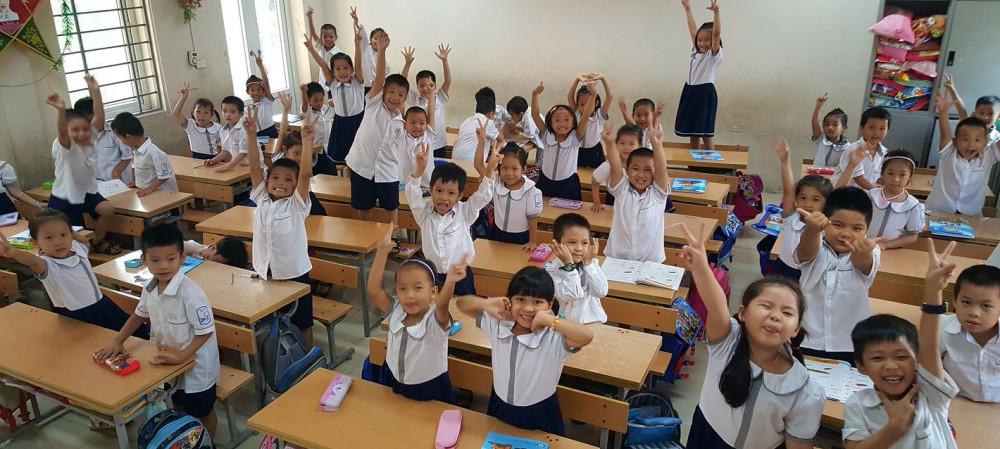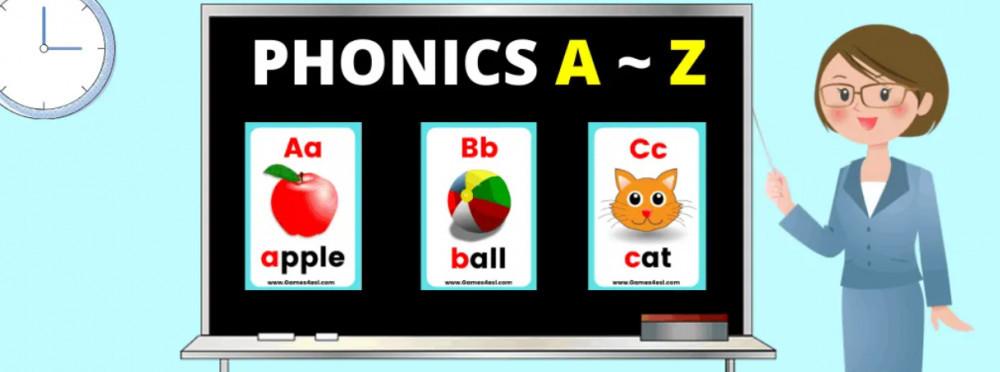Private Tuition for ESL.
At some stage in your ESL career ( English as a second language), you will be asked if you can provide private tuition. Some teachers can get needlessly worried about doing this. However, teaching one on one can be a lot of fun and extremely rewarding. The rewards are not always financial but they are something we should cover first.
Pricing for Students
Teaching one on one can be a fiscal boon, but you have to be careful not to rely on private tuition only. Let me explain. If you are teaching for a private school you will have a regular income. And if any students depart, you will still get paid.
If like me, you do a lot of private tuition you will probably be teaching groups rather than individuals. So you have to take into account how much per hour you are making for your groups then average that out for your “one-on-one” student.
Lets do some rough accounting. I have a class of 12 students who individually pay 1,000,000 dong per month. ( $43.00 US) and I teach this class approximately 13 hours per month. So 12 million dong ( Vietnamese currency) divided by 13 gives the rate that I could charge my individual student.( about 900,000 dong)
Price high or price low.
This works out in US dollars to about $38.00. I know a lot of teachers will say that is too expensive, my student or my students parents can’t afford that. But you can’t afford to go below that. Let me explain why.
If you are working at a private English school you will probably get about $20 US per hour. If you cancel the class at the private school there should be no problems. That is only one class or 3-4 hours per week. You still get the rest of the classes in your schedule.
But if you have taken on your individual student and they leave after 3 weeks it may take you another month to pick up another class at your private English school. So, not only would I price higher, I would also want payment of 3 months upfront. And this is what I do. I have lived in Vietnam for 15 years and the parents will pay this if they trust you.
In a nutshell, the 2 main things to remember are price higher and endeavor to get an upfront payment of at least 2-3 months. You are the one who is taking the financial risk.
Teaching English One on One.
The great thing about teaching one-on-one is you can tailor each session to the specific needs of the student, especially the ability to tailor activities to the students strengths and shortcomings. The most important thing is that the pupil has a once-in-a-lifetime opportunity to practice intensively.
The student will progress more quickly if he or she speaks for the majority of the class, practice makes perfect. The same can be said regarding the other English skills; Listening, speaking, reading and writing.
Nonetheless, it is the teacher’s responsibility to make sure that the time spent with the student is spent effectively.
If you have a happy student, not only will they stay with you, they will provide referrals to your teaching business.
Customized Lessons.
If you’ve never taught individual students before, the first few lessons can be challenging. Even if you’re an expert, the first few one-on-one classes with a new student will be difficult because each student has their unique personality, learning style, interests, and educational needs.
The first step to building an environment conducive to learning is to build rapport with your student. This is done by getting to know your student and what they need to get from your classes.
Tips for One-on-One lessons.
Whether your student is a young child ( I have taught individually to a 7 year old) or an older student, the tips I share with you are non age related. By which I mean you can use the overall concept for any age.
Introductions. The first lesson should be about getting to know the student and their life. They may tell you about their country and how it is to live there and customs and traditions. When discussing Christmas, for example, you might compare how the holiday is observed in your home country compared to your students. If your student works in a certain industry, have them describe it to you: what the job entails, what the company does, and who their clients are?
If you have a younger student, chat to him or her about their family and the school that he or she attends. What are their favorite video games or TV programs. Also, don’t forget to introduce yourself to the student. Encourage the student to initiate the dialogue about you by asking relevant questions. Overall it is an “introduction” lesson.
Real Life Objects. Real-life items (Realia) can be used in any type of class, whether one-on-one or in large groups. However, if you have a map (for example), you can sit next to your student as he or she gives you instructions to their house, a hospital, or a specific spot that you can both follow on the map. “Realia” also makes the lesson more fascinating and enjoyable in general, and it can be a useful icebreaker.
Adults will enjoy Realia because it allows them to use and relate to almost anything. Newspapers, work brochures, restaurant menus, and ad pamphlets are just a few examples. And with children it is just about essential that you use them. Twinkl is a great resource for the younger student and you can check out the range of resources they provide here at”Twinkl Resources“
Video Lessons. Remember that the main advantage of one-on-one sessions is that pupils have more time to communicate. Using video and audio to start a conversation is a terrific approach to get a student talking. Show a video to your student, check for listening comprehension, and then talk about what you watched.
Any audio file can be used in the same way. Keep in mind that the Internet offers a wide range of audio and video files, the majority of which are simple to download. There are a number of websites dedicated to children that also feature videos. And for shorter lessons consider YouTube as well.
It is also worth considering opening your own Youtube channel where you can post prepared homemade videos. Or make one with your student. Here is one I made about “Our House in Vietnam“.
Video Recording. Most students do not like getting recorded by video or only audio, however, a one-to-one lesson is a much better opportunity for this to take place than in a full class of students.
Audio and video recording are great for students to become self-aware of their speaking and pronunciation difficulties. And while the younger student will not be interested for that reason, they will have a lot of fun making the recording.
You could get the younger student to be the “presenter” of a house walk-through. Similar to the YouTube video shown above. ( via link )
Internet lessons. When it comes to one-on-one instruction, the Internet is ideal. You can use genuine websites for reading assignments, play an online game, listen to a podcast or view a video, and even have your student take an online test. The options are limitless.
However, keep in mind that adequate lesson planning is still necessary. Before your class, double-check all links and web pages. And depending on which country you are in, have a back up lesson in case the internet is down. However, Vietnam has improved a lot, but I still make sure I have a paper based alternative lesson just in case.
Quiet time. Although some advanced students are willing to talk for hours, the majority of them find it difficult to speak for more than ten minutes. Make sure to follow up a particularly busy speaking activity or game with a more relaxed and quiet tasks. A young learner may sketch a picture of the tale they heard; a business English student could write a resume or an email.
Silence isn’t something to be scared of. Remember that your students will need some time to process what they’ve learned. Keep in mind, though, that encouraging a student to work on something independently while you do something else could be seen as a lazy practice for the teacher. Because the student may think they could complete the task outside of class if you weren’t present. Such activities should be completed informally, with the teacher reviewing each answer with the student.
Final Thoughts.
One-to-one teaching has many advantages for both teacher and student. It does, however, require a slightly different mindset compared with group teaching.
One big advantage that I haven’t talked about is that teaching only 1 student gives you the opportunity to take the classroom outside. For example, you can go to the local supermarket and talk firsthand about the vocabulary related to the supermarket. Or even just visit a coffee shop where you can sit and talk (hopefully) with other foreigners.
Any or all links on this site may be affiliate links, and if you purchase something through those links I will make a small commission on them.
There will be no extra cost to you and at times due to my affiliation, you could actually save money.
You can read our full affiliate disclosure here.



